Optimizing Customer Experience with AI and Human Touch | QuickMetrix
In today’s fast-paced digital landscape, businesses must balance AI-powered automation with human interaction to deliver exceptional customer experiences. Customers expect efficiency, personalization, and empathy—AI can enhance these elements while maintaining the crucial human touch. Here’s how you can optimize customer experience (CX) using AI-powered solutions.
Understanding Customer Needs
Utilize AI-driven analytics to gain insights into customer behavior, preferences, and pain points.
Identify common customer issues to proactively address them, improving satisfaction and reducing support queries.
Personalization Through AI
Implement AI algorithms to tailor product recommendations, content, and communications.
Use chatbots or virtual assistants to provide personalized responses based on user history and behavior.
Seamless Multi-Channel Support
Deploy AI-powered chatbots across websites, social media, email, and messaging apps.
Ensure smooth transitions from AI to human agents for complex queries to provide a consistent support experience.
Chatbots for Instant Responses
Automate routine queries like order tracking, account inquiries, and troubleshooting.
Utilize Natural Language Processing (NLP) for chatbots to make interactions feel more human-like.
AI-Enhanced Decision Support for Agents
Assist human agents with AI-driven insights and recommendations during customer interactions.
Enable quicker, informed decision-making that enhances customer satisfaction.
Predictive Analytics for Proactive Engagement
Use AI and machine learning to anticipate customer needs and behaviors.
Offer personalized deals, reminders, and proactive assistance before customers even ask.
Voice and Speech Recognition for Enhanced Interaction
Improve Interactive Voice Response (IVR) systems with AI-powered voice recognition.
Integrate AI-driven voice assistants like Alexa and Google Assistant for better customer support.
Sentiment Analysis for Real-Time Insights
AI can analyze customer sentiment during interactions, allowing agents to respond accordingly.
Gauge emotions in real-time to tailor responses and improve customer engagement.
Continuous Learning and AI Training
Regularly update AI models to improve accuracy and relevance in customer interactions.
Monitor AI systems to ensure ethical usage and avoid negative customer experiences.
Feedback Loops for Improvement
Allow customers to rate AI interactions and provide feedback for continuous enhancements.
Use insights to refine chatbot responses, AI-driven recommendations, and overall CX strategies.
Empowering Human Agents with AI Support
Enable human agents to handle complex tasks requiring emotional intelligence, creativity, and problem-solving.
Reduce repetitive workloads by letting AI handle routine inquiries, freeing agents for meaningful interactions.
Ensuring Data Privacy and Security
Implement strict data privacy and security protocols when handling customer information.
Build trust with customers by maintaining transparency in AI-driven data processing.
Ongoing CX Optimization and AI Updates
Regularly assess AI’s impact on CX and refine strategies as needed.
Stay updated with the latest AI advancements to maintain a competitive edge.
Maintaining the Human Touch
Train human agents in empathy and emotional intelligence to handle sensitive customer concerns.
Ensure AI complements human support rather than completely replacing it.
Crisis Management with AI and Human Collaboration
AI can quickly disseminate critical information during crises.
Human agents should step in for personalized reassurance and tailored solutions.
A/B Testing for CX Optimization
Test different AI-driven features and strategies to determine what resonates with customers.
Continuously optimize responses, processes, and AI functionalities for the best outcomes.
Creating a Customer-Centric Culture
Align AI and human agents with a customer-first mindset.
Encourage feedback from customers and employees to refine CX strategies.
Ethical AI for Fair and Transparent Interactions
Ensure AI systems operate with fairness, avoiding bias and discrimination.
Regularly audit AI models to uphold ethical standards and improve customer trust.
Seamless AI and CRM Integration
AI-powered CRM integration enables smooth data sharing between AI and human agents.
Ensure customer interaction history is retained when switching between AI and human support.
Scalability for Enhanced Customer Support
AI can efficiently manage high volumes of customer inquiries.
Human agents can focus on high-value, complex customer interactions while AI handles routine queries.
Measuring AI-Powered CX Success
Track KPIs like customer satisfaction scores (CSAT), response times, and resolution rates.
Regularly analyze data to refine AI-driven customer experience strategies.
Conclusion
Achieving excellence in customer experience requires a strategic balance between AI automation and human empathy. AI enhances efficiency and personalization, while human agents bring emotional intelligence and adaptability to customer interactions. A well-integrated AI-human partnership ensures superior customer satisfaction, brand loyalty, and long-term business growth.
Optimize your customer experience today with QuickMetrix—where AI meets human excellence!
Contact : Request A Demo
Related Post
Social Listening for Financial Services: How Banks & FinTechs Stay Ahead
Introduction to Social Listening in Financial Services Definition ...
Read MoreThe Journey of QuickMetrix: Insights from Surendra Baliga on Building a Successful SaaS Business
The entrepreneurial journey is often filled with challenges, learning ...
Read MoreMastering the Market: How to Use Social Listening Tools for Real-Time Competitor Analysis
1. Introduction to Social Listening Tools1.1 What is Social ...
Read MoreHow to Get the Most Out of Social Listening Tools and Why Businesses Invest in Them
How to Get the Most Out of Social Listening ...
Read MoreListening to the Noise: How to Monitor Conversations That Matter to Your Brand
Understanding the Importance of Monitoring Brand Conversations 1.1 The Role ...
Read MoreThe Future of AI in ORM: Can AI Handle Customer Complaints Better Than Humans?
I. Introduction to Online Response Management (ORM)/ Online reputation ...
Read MoreHow ORM Tools Use Data from Multiple Sources – Importance of Integrating Data from Media, Forums, News, etc.
What is ORM ToolsOnline response Management (ORM) tools are ...
Read MoreTop Features to Look for in an ORM Tool for B2B Companies
Top Features to Look for in an ORM Tool ...
Read More2025 Digital Marketing Predictions: What’s Next for Brands?
2025 Digital Marketing Predictions: What’s Next for Brands?IntroductionDigital marketing ...
Read More15 Social Listening Tools for Your Brand in 2025
Why Social Listening Matters A winning social media strategy starts ...
Read MoreCreating a Seamless Customer Experience with Integrated ORM Solutions
Creating a Seamless Customer Experience with Integrated ORM SolutionsI. ...
Read MoreNavigating PR Crises: The Essential Role of ORM Tools for Brands
Understanding ORM: The Basics Definition of ORM (Online ...
Read MoreHow AI is Transforming Online Response Management and Social Listening
Introduction to Online Response Management Definition and ImportanceOnline ...
Read More5 Powerful Ways Online Response Management Tools Transform Customer Engagement
Understanding Online Response Management Why Every Modern Business Needs an ...
Read MoreEnhancing Customer Experience through Effective Online Response Management
Enhancing Customer Experience through Effective Online Response Management Understanding ...
Read MoreTop 4 Reasons to Embrace Automated Customer Journeys with QuickMetrix in 2024
Introduction:In today’s digital age, automation is reshaping the way ...
Read More





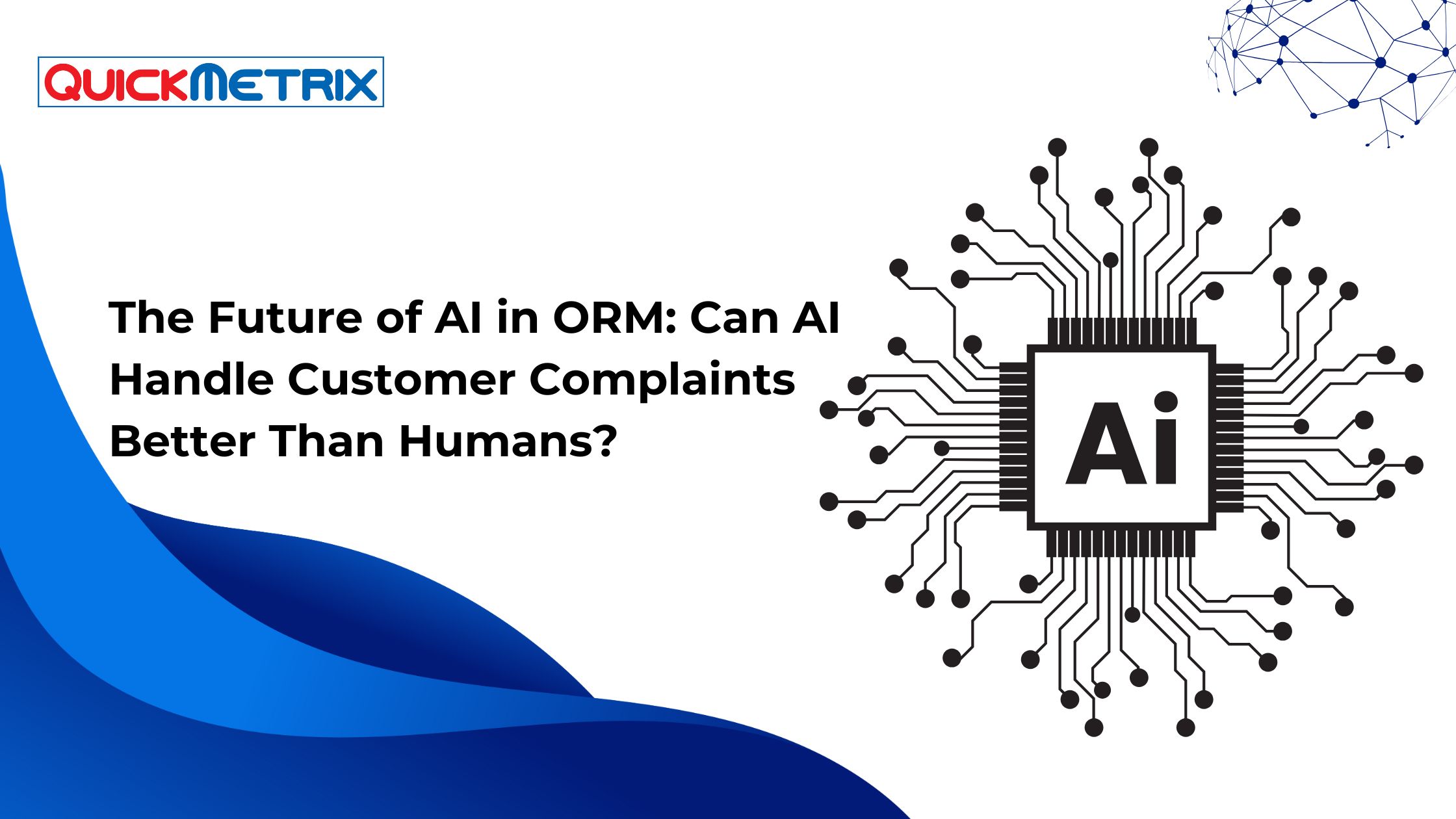
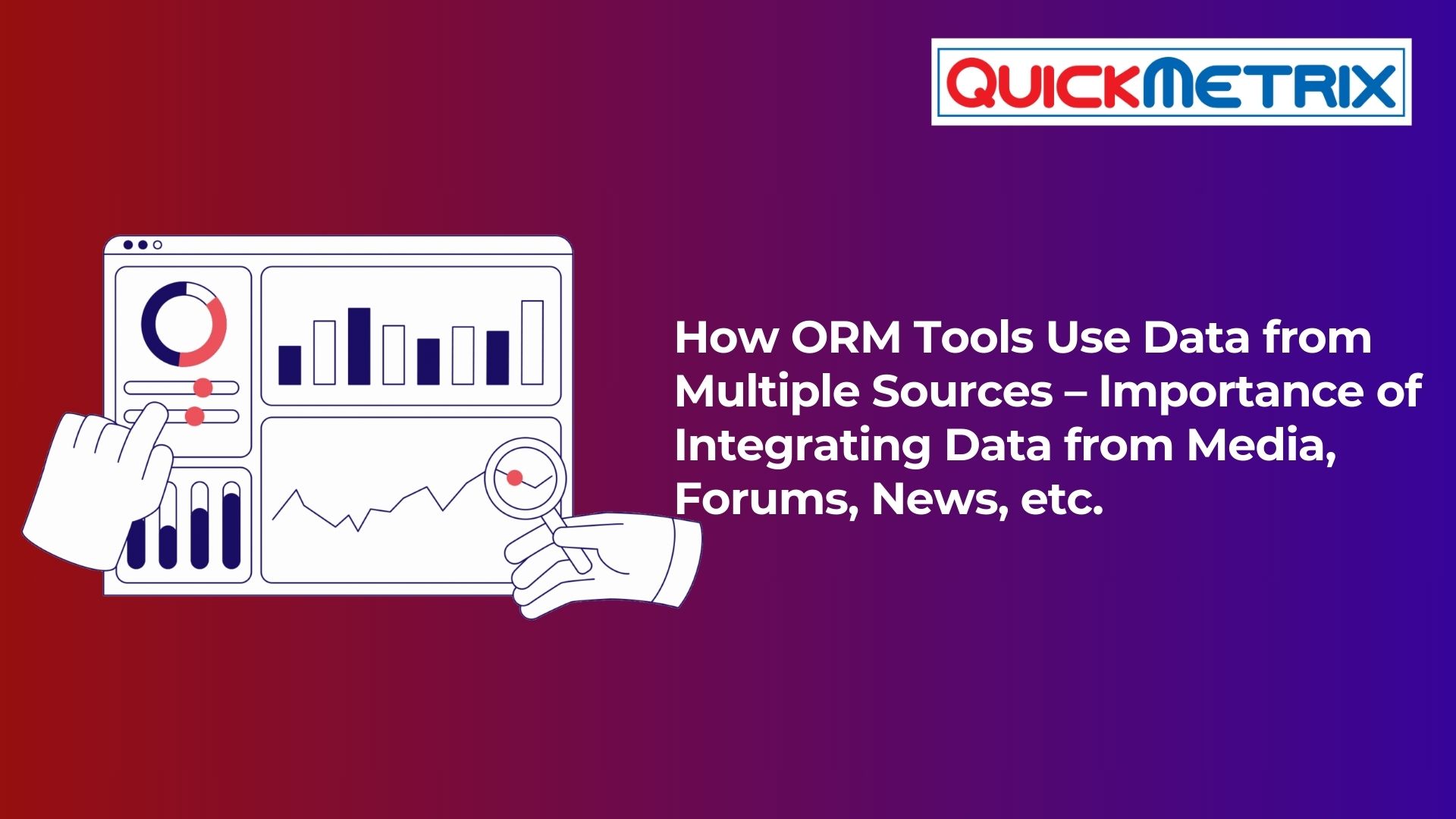





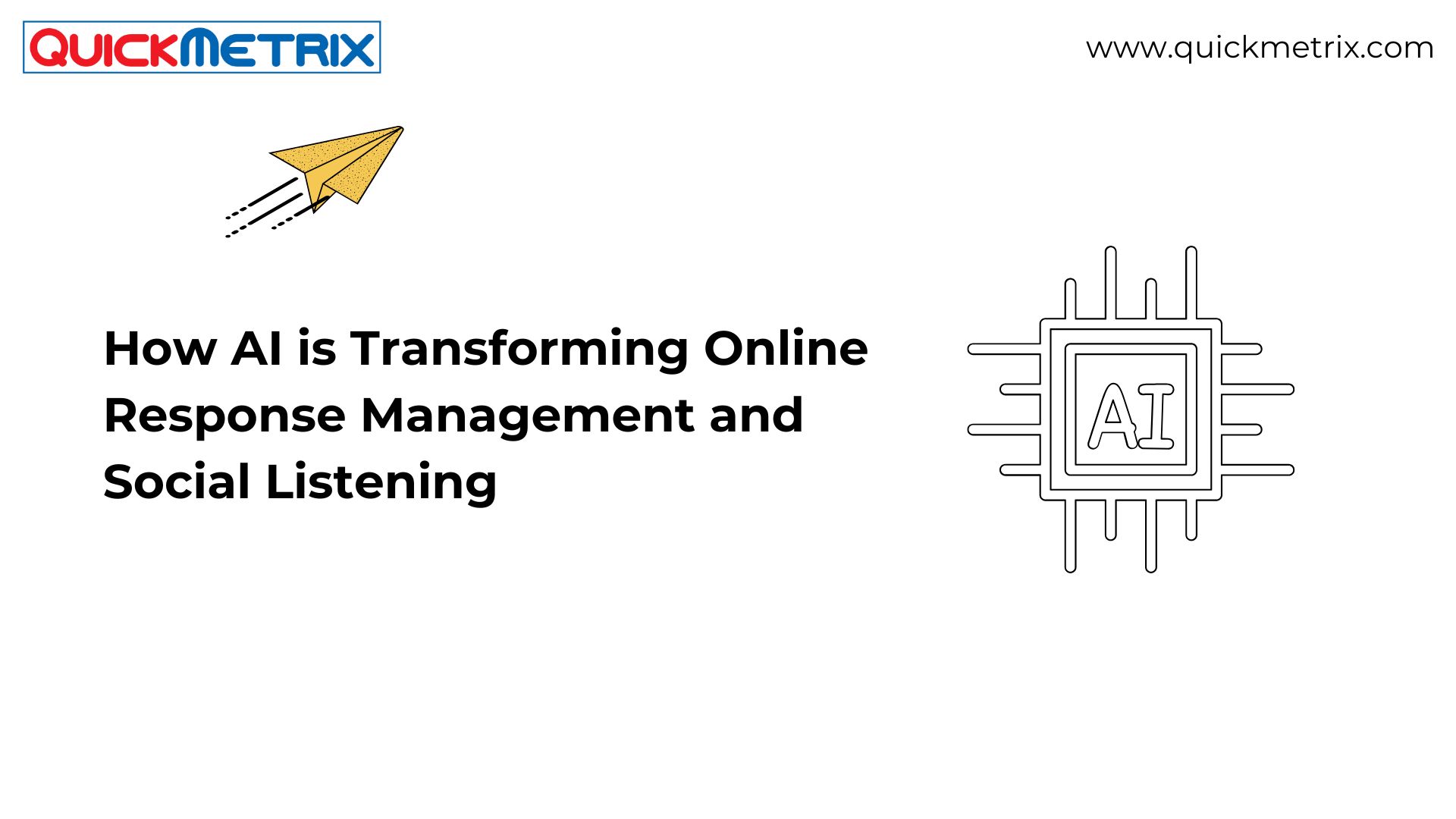
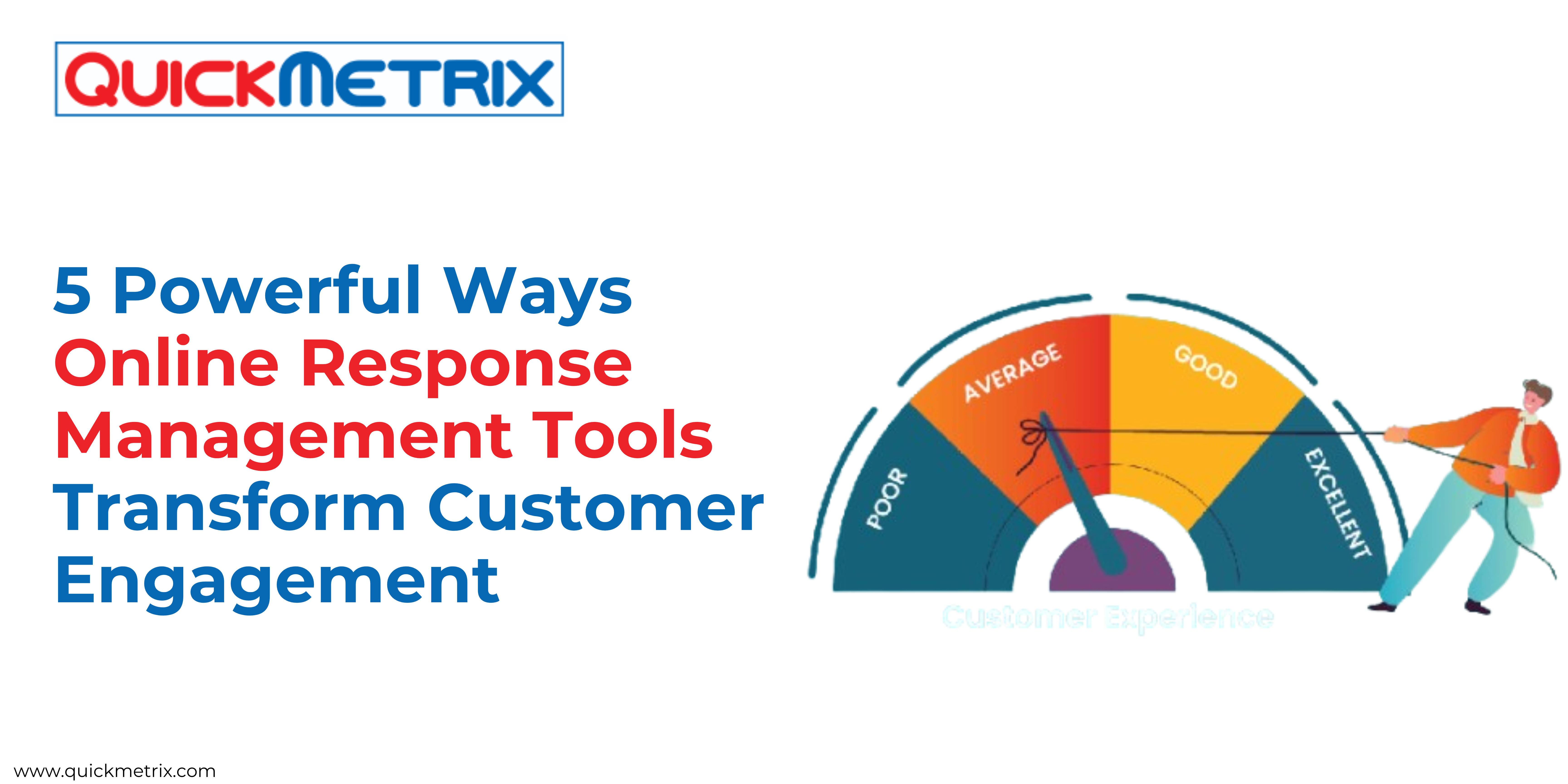
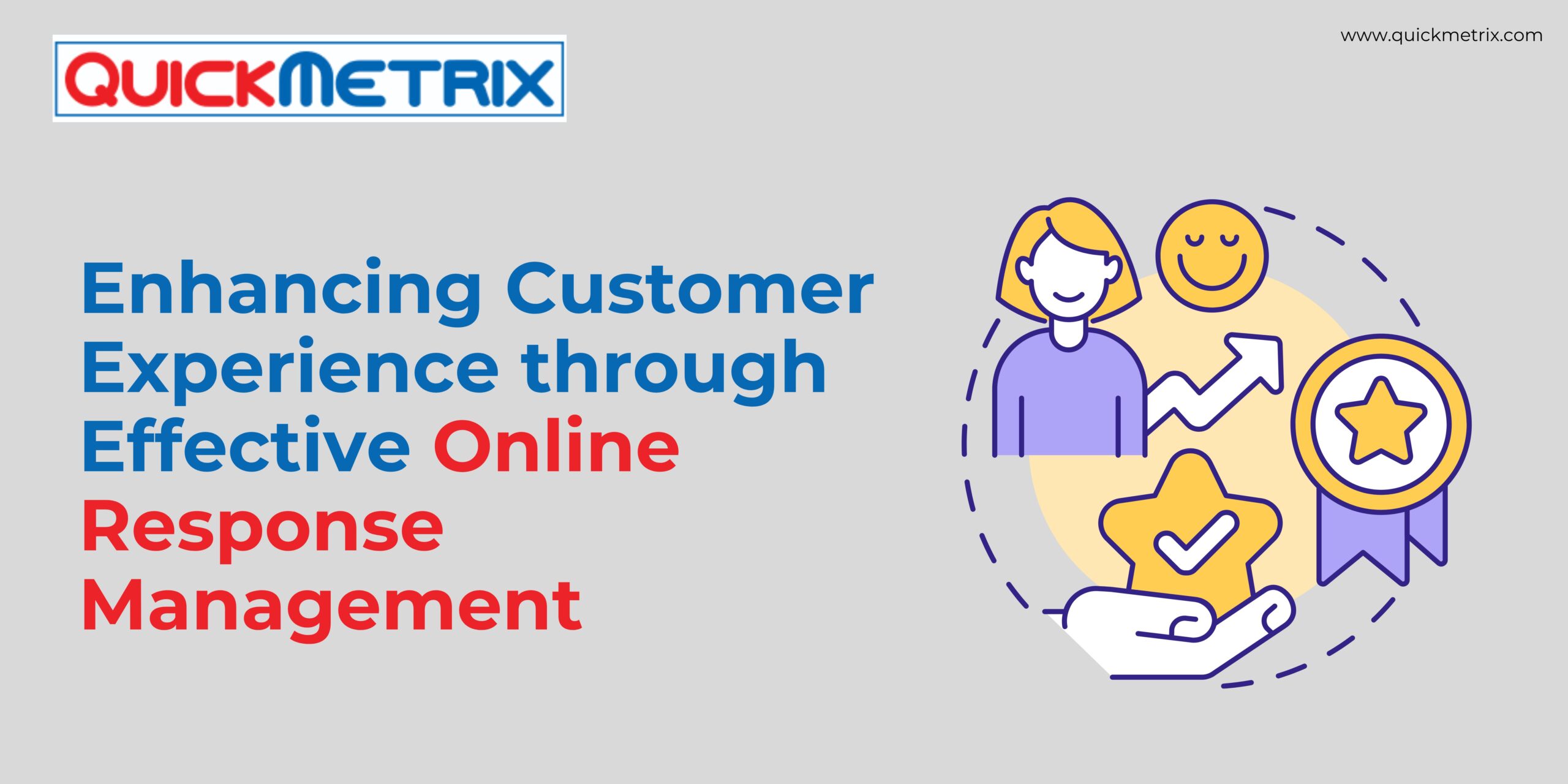
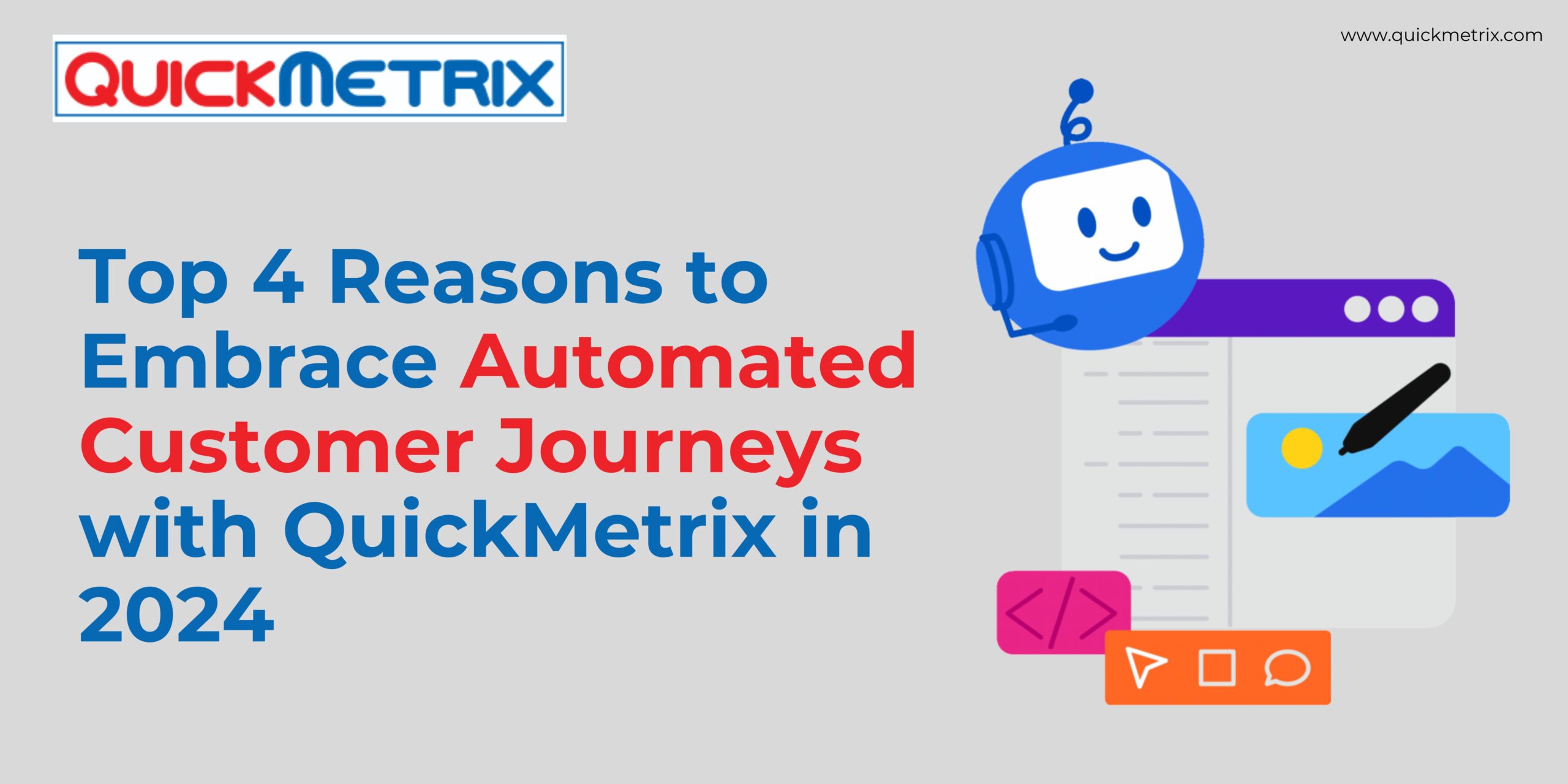

![Elevating Customer Engagement: 11 Top Platforms in 2024 [+User Reviews] 19 Online reputation management tools](https://quickmetrix.com/wp-content/uploads/2024/04/Ivory-Aesthetic-Study-Vlog-YouTube-Thumbnail--770x465.jpg)
